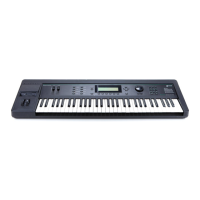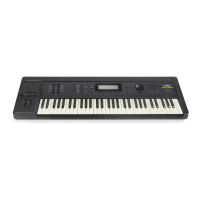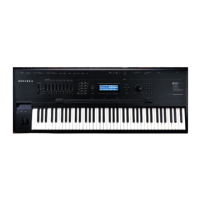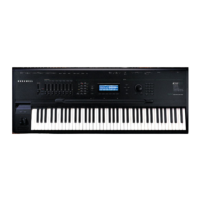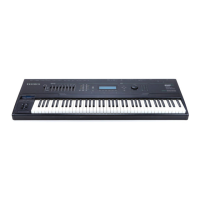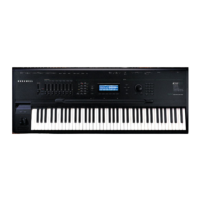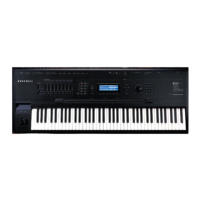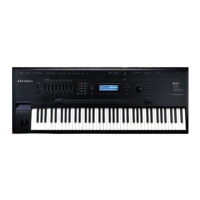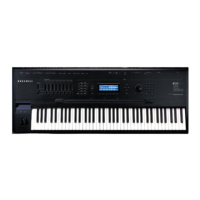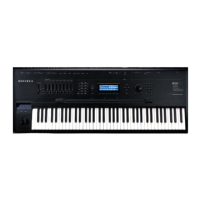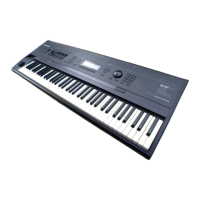Disk Mode Enhancements in Version 3
Object Utilities
4-63
If BOOT.MAC is found by the K2000, it will begin to load the macro file as if you had loaded it
explicitly from the Load function in Disk mode. When the macro has completed, you will see
the following:
||||||||||||||||||||||||||||||||||||||||
||||||||||||||||||||||||||||||||||||||||
Macro|BOOT.MAC|completed...|||||||||||||
||||||||||||||||||||||||||||||||||||||||
||||||||||||||||||||||||||||||||||||||||
The K2000 will go directly to Program mode afterwards.
Deleting Banks in a Startup File
You may want the startup file to clear out one or all banks in the K2000 before loading files. This
could help overcome the problem of having "silent" copies of programs in your RAM that
depend on samples that are no longer there (because they disappeared the last time the K2000's
power was turned off.) The following trick will allow a macro entry to essentially function as a
Delete Bank or Delete Everything command:
Create a file somewhere on (preferably) your startup disk, by saving an empty bank from the
K2000. Call the file NULL.KRZ. Now, insert this file at the beginning of a boot macro you are
creating—load the file, specify the bank you want to delete in the startup file (choose Everything
to clear out all of the object RAM) ,and specify Overwrite for the load mode. Make sure you
press Macro and not OK, so that the overwrite doesn't take place until you use the startup file.
Here is what that macro entry for this file might look like on the MACRO page, if you were
doing a Delete Everything:
|3:\NULL.KRZ|||||||||||||||||||||E:O:|||
The E:O stands for “Load as Everything, using Overwrite mode.”
Object Utilities
In previous versions of K2000 software, if you were trying to organize a lot of objects in the
K2000's RAM it could often be a tedious and time-consuming task. In Version 3, there is a new
page of functions that hopefully can make the tasks of organizing objects a lot easier to do.
These functions are useful for moving or copying objects into various banks, naming objects,
deleting objects, and dumping objects over MIDI.
To access these functions, go to the Master Mode page (press Master from the front panel), and
then press the Object soft button. You will see the following screen:
||||||||||||||||||||||||||||||||||||||||
||||||||||||||||||||||||||||||||||||||||
||||||||||||||||||||||||||||||||||||||||
Select|database|function:|||||||||||||||
||||||||||||||||||||||||||||||||||||||||
||||||||||||||||||||||||||||||||||||||||
||||||||||||||||||||||||||||||||||||||||
|Move|||Copy|||Name||Delete|Dump|||Done|
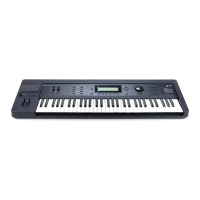
